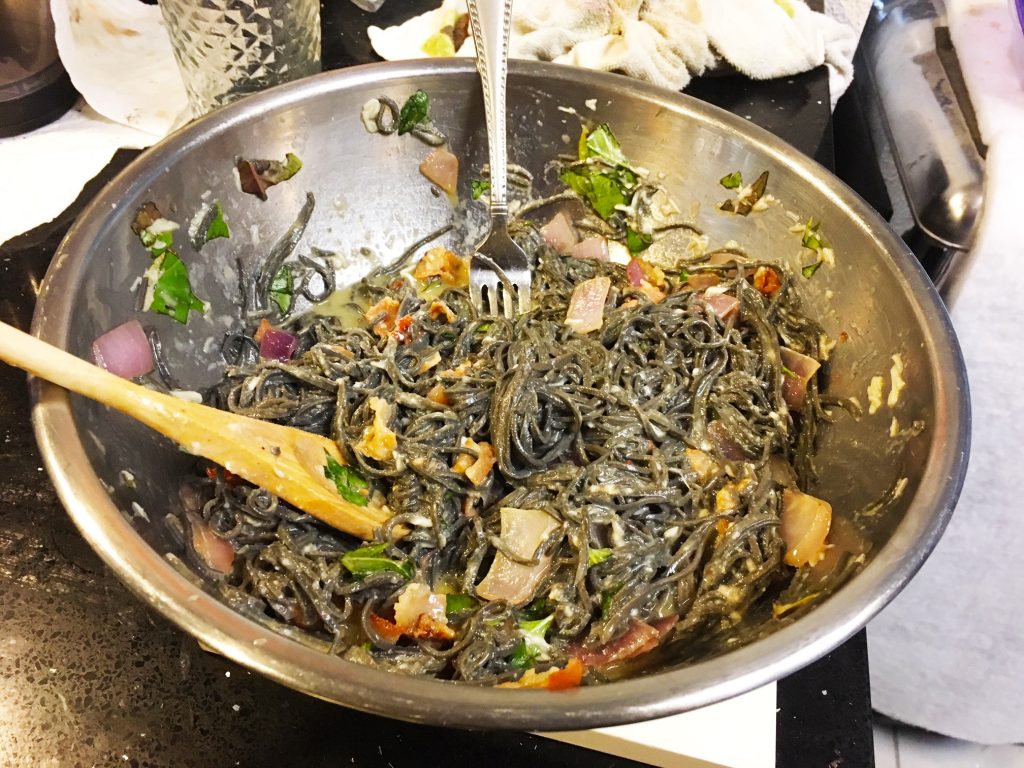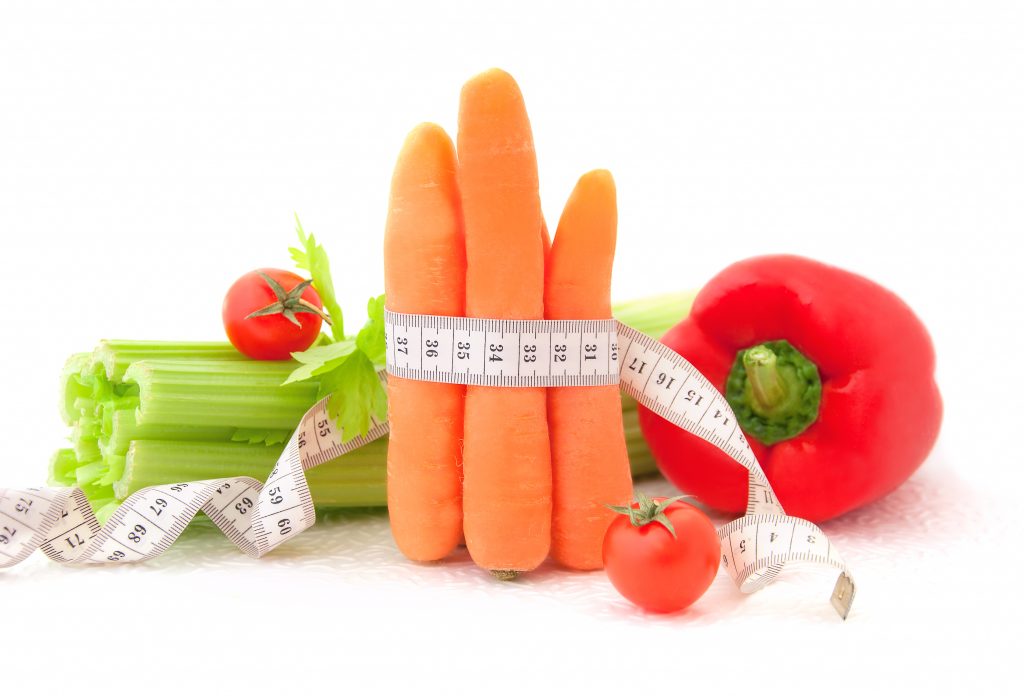by Kelly R. Smith
|
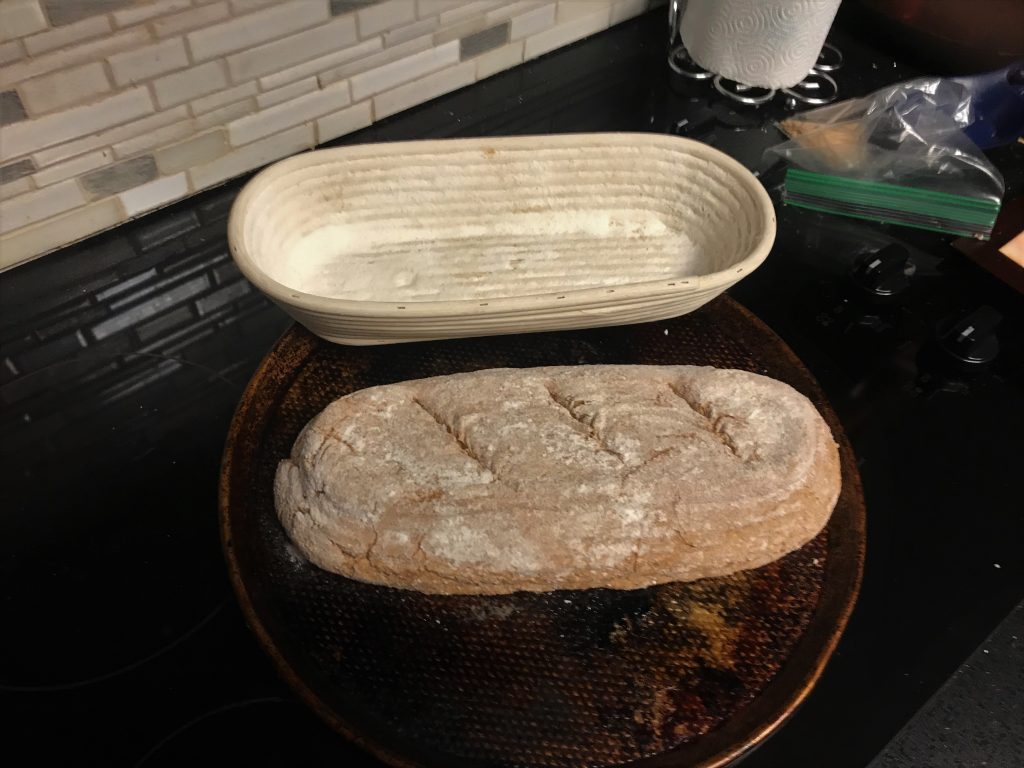
It may seem strange that I called this particular recipe the Covid-19 Lock-down recipe but there’s a reason for it. Since we all began this pandemic adventure America has become a nation of bakers. Yeast is a rare commodity; I searched high and low for two weeks until I struck gold. Good whole wheat was almost as hard to come by.
Anyway, I like to experiment and this is what I came up with yesterday. It may seem an odd assortment of ingredients but it really worked. I used the oval Banneton proofing basket and a cookie sheet rather than a loaf pan.
Use organic ingredients whenever possible. You can also use this dough ingredient list when you are making homemade pizza.
Ingredient List for Covid-9 Bread
- 1 c Quick-cooking steel-cut oatmeal
- 1/2 c quinoa
- Dash of Himalayan salt; I like because they don’t remove all the minerals like regular salt.
- 3 T honey, or to taste
- 1 Packet yeast
- 1/2 c Wheat bran
- 1/4 c Milled flaxseed
- 2 T Gluten; it’s optional but gluten is the “glue” that holds the loaf together.
- 1 T Cinnamon
- 3 c Very warm water
- 3-4 c Whole wheat flour; as much as you need to make the dough and knead it.
- 1/2 c Rice flour if you are using a proofing basket.
- Just a thought: next time I’m going to try putting in some finely-sliced basil leaves; it’s going gang-busters in my garden right now.
Preparation Steps
- Put the oatmeal and quinoa in your mixing bowl and just cover the mixture with water. Since the mixture will absorb water, check it periodically and add water as needed. About an hour will do the trick.
- Add the 3 c warm water.
- Mix in the yeast well.
- Mix in the rest of the dry ingredients; the flour is last.
- Stir in the flour well bit by bit until it is hard to turn over.
- Turn the dough out on a floured surface. Sprinkle some flour on top of it so sticking to your hands is minimal.
- Commence kneading, adding flour as needed (see what I did there?). I usually fold it over 20-30 times.
- Proofing time! If you use a proofing basket, prepare it by spraying the inside lightly with water and sprinkle rice flour. Wheat flour will NOT work. Fit the dough in and cover with a damp dish towel. If you are using a mixing bowl, lightly coat it with olive oil or cooking spray so it won’t stick. Plop the dough in and cover with a damp dish towel.
- Let it rise for 2-3 hours or whatever your brand of yeast recommends.
- Put a pan of water on the oven rack; the steam will keep you loaf from drying out.
- Preheat your oven to 450 degrees.
- Turn your dough out onto either cooking-sprayed cookie sheet if you used a proofing basket or into a buttered loaf pan. Cut 3 thin slits across the top of the loaf; I used an X-acto knife.
- Bake it! 25 minutes was perfect for me. Use the toothpick test to be sure.
- Turn the loaf out onto cooling racks and let it rest for at least 10 minutes.
- Enjoy!
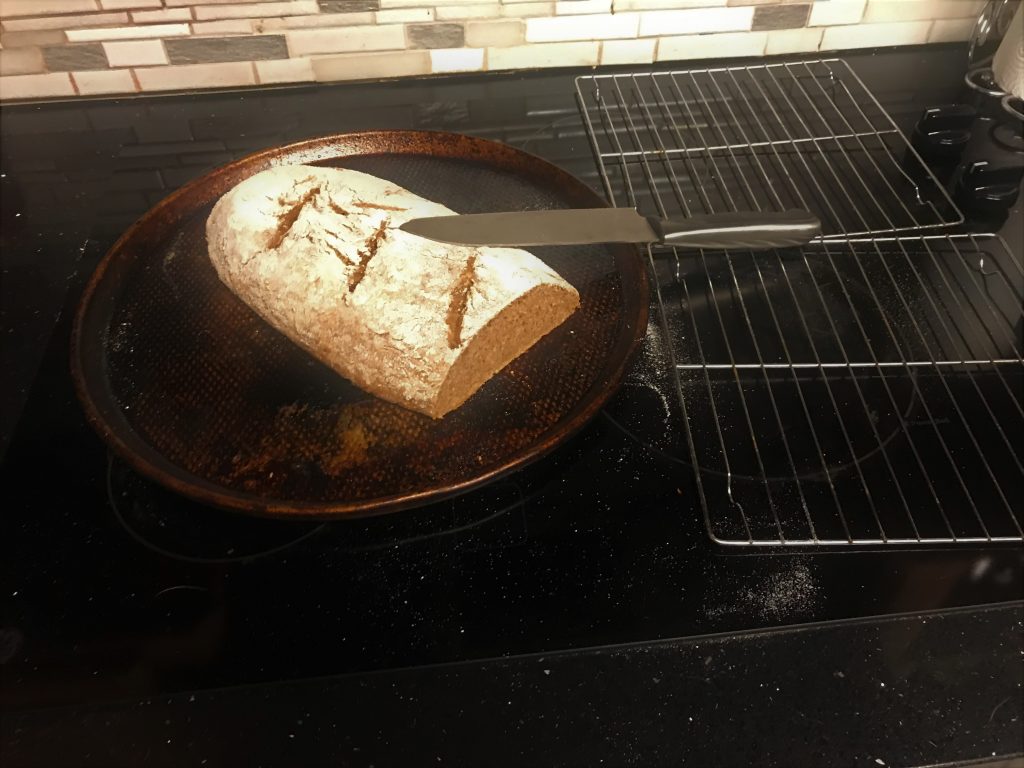

Looking for more great content? Visit our partner sites:
I offer article and blog-writing services. Interested? Hire Me!
Did you find this article helpful? Thanks for supporting this free site with a small donation!
Visit Kelly’s profile on Pinterest.
About the Author:
 Kelly R. Smith is an Air Force veteran and was a commercial carpenter for 20 years before returning to night school at the University of Houston where he earned a Bachelor’s Degree in Computer Science. After working at NASA for a few years, he went on to develop software for the transportation, financial, and energy-trading industries. He has been writing, in one capacity or another, since he could hold a pencil. As a freelance writer now, he specializes in producing articles and blog content for a variety of clients. His personal blog is at I Can Fix Up My Home Blog where he muses on many different topics.
Kelly R. Smith is an Air Force veteran and was a commercial carpenter for 20 years before returning to night school at the University of Houston where he earned a Bachelor’s Degree in Computer Science. After working at NASA for a few years, he went on to develop software for the transportation, financial, and energy-trading industries. He has been writing, in one capacity or another, since he could hold a pencil. As a freelance writer now, he specializes in producing articles and blog content for a variety of clients. His personal blog is at I Can Fix Up My Home Blog where he muses on many different topics.



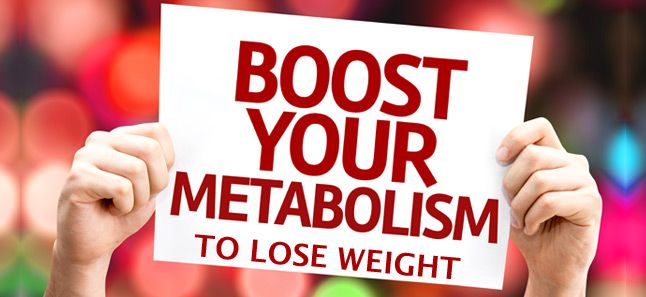

 Kelly R. Smith is an Air Force veteran and was a commercial carpenter for 20 years before returning to night school at the University of Houston where he earned a Bachelor’s Degree in Computer Science. After working at NASA for a few years, he went on to develop software for the transportation and financial and energy trading industries. He has been writing, in one capacity or another, since he could hold a pencil. As a freelance writer now, he specializes in producing articles and blog content for a variety of clients. His personal blog is at
Kelly R. Smith is an Air Force veteran and was a commercial carpenter for 20 years before returning to night school at the University of Houston where he earned a Bachelor’s Degree in Computer Science. After working at NASA for a few years, he went on to develop software for the transportation and financial and energy trading industries. He has been writing, in one capacity or another, since he could hold a pencil. As a freelance writer now, he specializes in producing articles and blog content for a variety of clients. His personal blog is at 